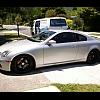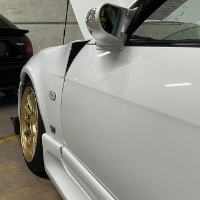Screeeeeching Starter Motor? But It Still Works!
Announcements
-
Similar Content
-
Latest Posts
-
That's not completely truthful now is it? Any flex fuelled factory cars also had the option to run on steam.
-
Yeah so I guess your mechanic would know turnaround better than me....but I would have thought you had access to same day or overnight rack rebuilds there....any big city here in Australia has that service. There are a couple of o-rings and seals involved, I guess the risk is the part is specific not general. Other option is if you can have it on stands in your garage for a while, steering rack removal is pretty simple (2 mounting brackets, 2 ball joints (separate by undoing the nut to the top of the threads, put a pry bar between the steering arm and control arm to put pressure on it then medium force on the side of the ball joint or top of the nut with a hammer to break it free) and then the trickiest bit is the splines to the steering rack (not too bad to undo, one nut then it slides out, but mark it first so you can reassemble it straight)
-
Looks like whiteline don't do springs any more, part# used to be 70191 from a search. Any spring for a 32/33 GTR should fit, just look for something factory not lowered/firmer unless that is your goal
-
The price of every automatic S2 stagea in japan has suddenly doubled
-
thanks mate, one of the reasons I even bought it to be fair.
-




Recommended Posts
Create an account or sign in to comment
You need to be a member in order to leave a comment
Create an account
Sign up for a new account in our community. It's easy!
Register a new accountSign in
Already have an account? Sign in here.
Sign In Now